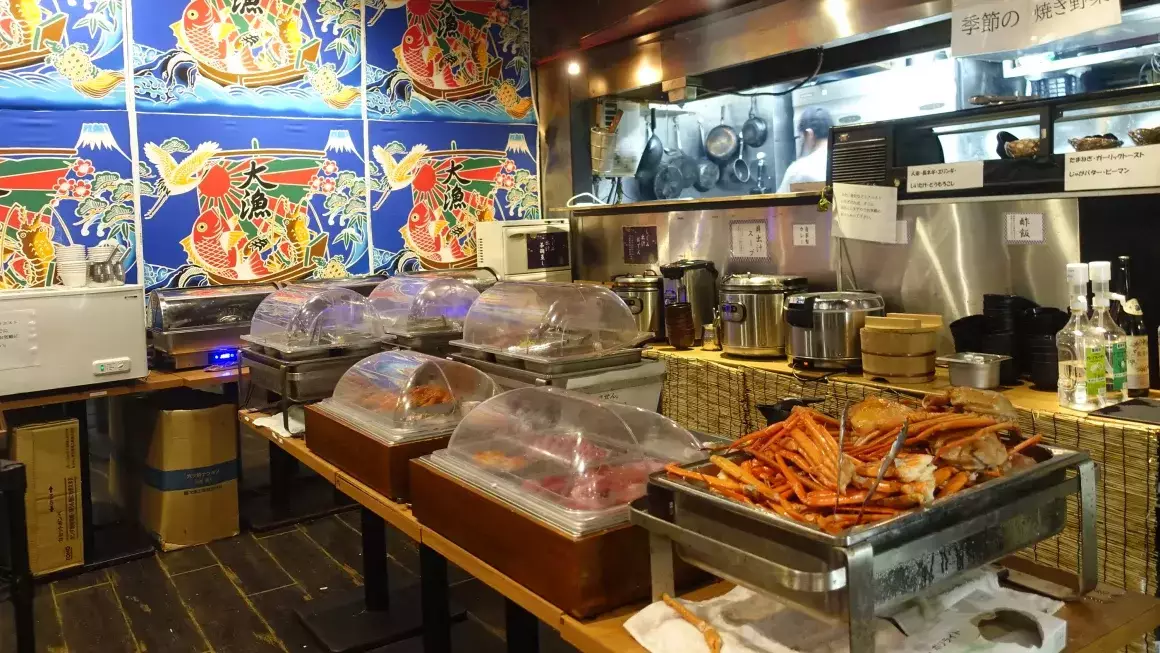Japan, a land where tradition entwines gracefully with modernity, has always been a sought-after destination. However, in the wake of the pandemic and a surge in international tourism, the country is facing a new challenge: the balancing act of catering to tourists while ensuring that local experiences remain accessible and authentic. A noteworthy trend emerging is the implementation of differential pricing, where tourists may face higher charges compared to locals. This article delves into the implications of this pricing strategy on the hospitality industry, local communities, and the tourism landscape in Japan.
As Japan reopened its doors to the world in late 2022, a significant influx of tourists was anticipated and realized in 2024, with visitor numbers reaching record highs. This surge has raised concerns about overtourism, a phenomenon where excessive tourist numbers strain local infrastructure, services, and the general ambiance of popular destinations. In response, many businesses, particularly in the hospitality sector, have begun to adopt differential pricing as a strategy to manage this influx.
Shogo Yonemitsu, owner of a Shibuya seafood grill, highlights the rationale behind this approach. The establishment offers discounts to locals while providing a higher price for tourists, not as a discriminatory measure but as a necessary step to maintain financial viability. This call for differential pricing stems from a genuine concern: an increase in the tourist population necessitates more staff and adjustments in service delivery, often leading to operational challenges. This highlights the intricate relationship between hospitality services and their ability to accommodate both tourists and locals.
The repercussions of rapid tourism growth extend beyond immediate business concerns. Popular destinations are grappling with issues such as increased littering, traffic congestion, and overcrowded sightseeing spots, leading some municipalities to take drastic measures. For instance, certain areas have implemented tourist taxes or imposed caps on visitor numbers to alleviate pressure on local resources. The introduction of such measures underscores the urgent need for a sustainable tourism framework that prioritizes the interests of the community alongside those of international visitors.
Interestingly, as tourist numbers have skyrocketed, local businesses have seen their loyal customer bases waver. Many entire neighborhoods that once thrived in the local economy are now overwhelmed with tourists, turning vibrant community spots into bustling tourist traps. This shift can alienate residents, making them feel like outsiders in their own neighborhoods. The sentiments echo across various sectors as local voices seek protection from the encroachment of mass tourism.
Differential pricing is not an entirely new concept and has been employed in various forms across the globe. Many tourist hubs have adopted tiered pricing models that offer locals cheaper rates, a practice often hidden within local language nuances. However, Japan’s situation is unique. Businesses here are granted the autonomy to formulate their pricing strategies, which can foster a more adaptable approach to the local economic climate and tourist influx.
Around the world, cities have begun to take direct measures against over-tourist behaviors. Places like Venice and Barcelona have initiated entry fees to curb swarming crowds and maintain the quality of life for residents. Japan’s decision to embrace differential pricing, while it may seem confrontational to some, reflects a growing trend in the travel industry to create a sustainable balance between tourism and local community welfare.
The implementation of higher prices for tourists elicits a range of reactions, from acceptance to resentment. Tourists themselves are increasingly aware of the economic struggles faced by locals, especially with a weak yen making daily life more expensive. Australian traveler Phoebe Lee expressed sentiment regarding her willingness to contribute more if it helps sustain local businesses that define the cultural fabric of Japan. This creates a new narrative for travelers: one where they are not just visitors but participants in a supportive ecosystem.
However, not everyone views this strategy favorably. Critics argue that it could deter travelers who prioritize budget-friendly experiences while visiting Japan. The risk lies in alienating certain demographics of tourists who may perceive Japan as an unwelcoming destination due to higher rates. Striking a balance that preserves local cultures while welcoming visitors remains a vital challenge.
As Japan continues to adapt to the new dynamics of post-pandemic tourism, the notion of differential pricing offers a possible solution to the ongoing challenges of overtourism. While there are valid arguments for and against such practices, the core issue remains how to preserve the local experience for both residents and visitors. For Japan, the ultimate goal should be creating a sustainable tourism model where cultural heritage, local communities, and the travel industry can coexist harmoniously. As the nation moves forward, the implementation of thoughtful pricing strategies might just be the key to achieving that delicate harmony.


Leave a Reply